1) Khasi :
2) Kinnow :
3) Coorg:
4) Nagpur:
Other states Varieties:
Mudkhed
Shrinagar
Butwal
Dancy
Kara (Abohar)
Darjeeling
Sumithra
Seedless 182
Soil –
Climate –
TIME OF SOWING
In Punjab planting is done in spring season (February to March) and Monsoon season (15 August to October end).
Propagation
Orange can be propagated either by Seed or By Budding.
Seed Propagation
Fruits from healthy plants with high density are selected for extracting seeds. Seeds should be mixed with ash and are left in the shade to dry.

SPACING
SOWING DEPTH
Pits of size 60×60×60cm should be dug for planting seedlings.
Fertilizer requirement (gm/tree)
| Age of crop (Year) | Urea | SSP |
| First to three year | 240-720 | – |
| Four to Seven | 960-1680 | 1375-2400 |
| Eight and above | 1920 | 2750 |
Nutrient requirement (gm/tree)
| Age of crop (Year) | Nitrogen | Phosphorus |
| First to three year | 110-130 | – |
| Four to Seven | 440-770 | 220-385 |
| Eight and above | 880 | 2750 |
For Orange crop:
Weed can be controlled by hand-hoeing and also controlled by chemically, use glyphosate@1.6litre per 150 litre of water. Use glyphosate only on weeds not on crop plants.
Legumes and vegetable crops can be raised during pre-bearing age.
1.Nitrogen
|
| Deficiency Symptoms |
|
| Correction Measure |
Foliar spray urea 2% at 15 days interval |
2.Potassium
|
| Deficiency Symptoms |
|
| Correction Measure |
Foliar spray of KNO3 2% at fortnightly interval. Application of 200g N, 100g P2O5 and 200g K2O / tree/year. |
3.Boron
|
| Deficiency Symptoms |
|
| Correction Measure |
Foliar spray of borax@0.5% |
4.Copper
|
| Deficiency Symptoms |
|
| Correction Measure |
Foliar spray of CuSO4 each 0.5% at fortnightly interval. |
5.Iron
|
| Deficiency Symptoms |
|
| Correction Measure |
Foliar spray of FeSO4 @ 0.5% twice at fortnight interval. |
6.Manganese
|
| Deficiency Symptoms |
|
| Correction Measure |
Foliar spray of 0.5% MnSO4 at fortnightly interva |
7. Zinc
|
| Deficiency Symptoms |
|
| Correction Measure |
Foliar spray 2% ZnSO4 with 1% lime at fortnightly interval |
1.Gummosis : Phytophthora parasitica, P. palmivora,P. citrophthora
Symptoms
Management
2.Scab/Verucosis : Elsinoe fawcetti
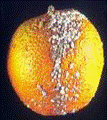
Symptoms
Management
3.Canker: Xanthomonas campestris pv citri
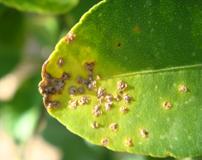
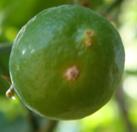
Symptoms
Management
4.Tristeza or quick decline: Citrus tristeza virus (CTV)

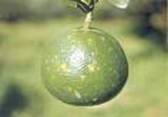
Symptoms
Management
4.Greening : Liberobactor asiaticum ( Phloem limited bacteria)

Symptoms
Management
1) Citrus Psylla :
Symptoms-
Management-
2) Leaf miner :
Symptoms-
Management-
3) Scale Insects :
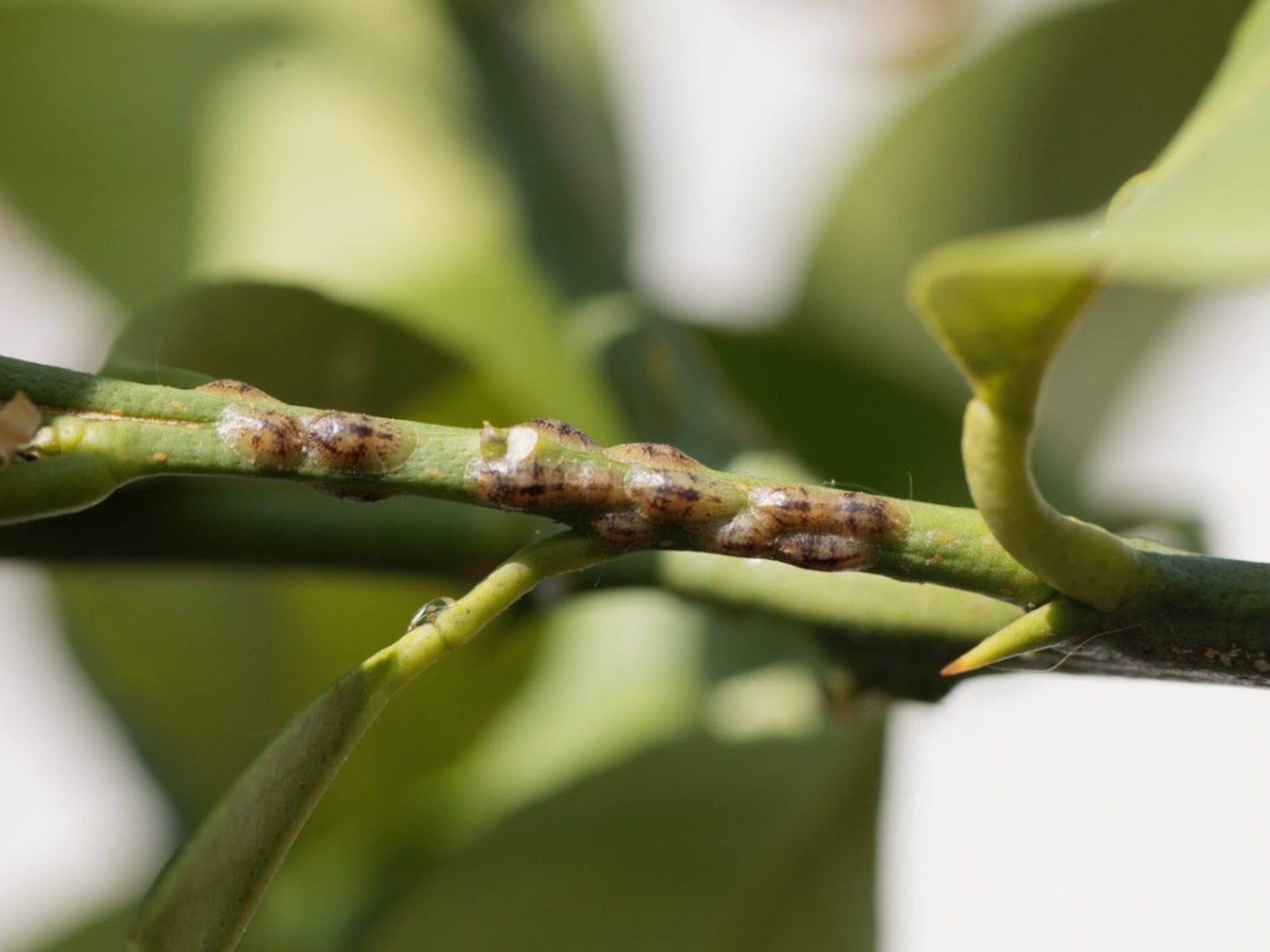
Symptoms-
Management-
30 t / ha
